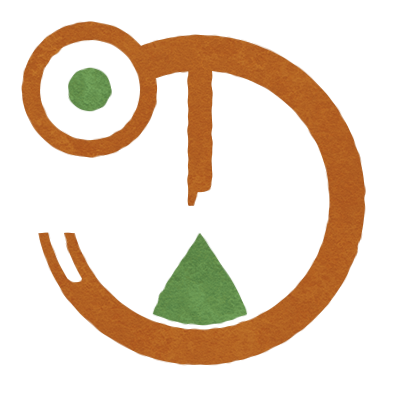Qukix
Mankind need no longer carry their burdens alone.Qukix are pack animals found commonly throughout Qet after their initial discovery in the continent of Nqet. Prior to their mass domestication, most of the known world had relied on human porters for transport.
Appearance
Habits
Man's Legs
Qukix, often nicknamed qeplue yutex or man's legs, have seen widespread adoption throughout the known world as pack animals. Everything from merchant wagons to military carts is often lead by one or more qukix. Human porters are still used somewhat commonly such as with the teuchacapa— especially for smaller loads or when routes are particularly rough. The horn growing beneath their chests is especially useful for tying ropes or placing yokes— as it seems particularly deep-rooted and better suited for load bearing than say, their necks. The horns at the tops of their heads are often adorned with colorful cloth strips and beads, as it is believed that this allows the stars above to see the rider— and therefore know to show themselves at night so that they may find their way. A bell is often placed here as well so that riders can be heard in the dark. A harness of leather or other strong fabric is tied over their heads, attached to a long rein so that riders may guide the animal as they need.Kuhk-ish
Habitat & Rest
Qukix originate from the temperate regions of Nqet, in particularly rocky, arid areas. They are however, quite adaptable to other climates— especially if they're fed by their masters. They are, like most humans, diurnal, and seek out soft ground to sleep on during the night.Breeds
Over the years, various breeds have come about— some more suited for specific uses than others. The Aeuto breed, for example, is a veritable weapon of war. They are faster— not too much faster than the footsoldiers around them, but just enough to allow commanders to lead the charge into battle. Their stockier build, too, makes them more likely to survive in battle. Not to mention the height advantage they give to their riders. They are sparsely deployed, but are powerful when used.
Lifespan
24-32 years
Average Height
5-6'
Average Weight
330-500lbs
Average Length
4-5'
Remove these ads. Join the Worldbuilders Guild




The image I have of these creatures are a little bizarre. I think thats intntional. its pretty crazy, i like it. Nice work on going into different breeds. thats something i dont see often in domesticated animal articles. I like how their name references how they are used by people. mans legs is apt indeed. i also love how cultural traditions emerged like adorning their horns and such. another excellent article. I do wanna know how they were domesticated though, seeing as how skittish they are in the wild. Another one of Qet's many mysteries.
Yeah, I had to sketch one out before I could describe them. I wanted to finish the sketch as a digital piece that I'd put into the article but I didn't have the time! So it just exists as a sticky note on my desk. I plan to touch more on how they were domesticated once I actually get to Nqet— and the people who did so. Have a while to go before I do!